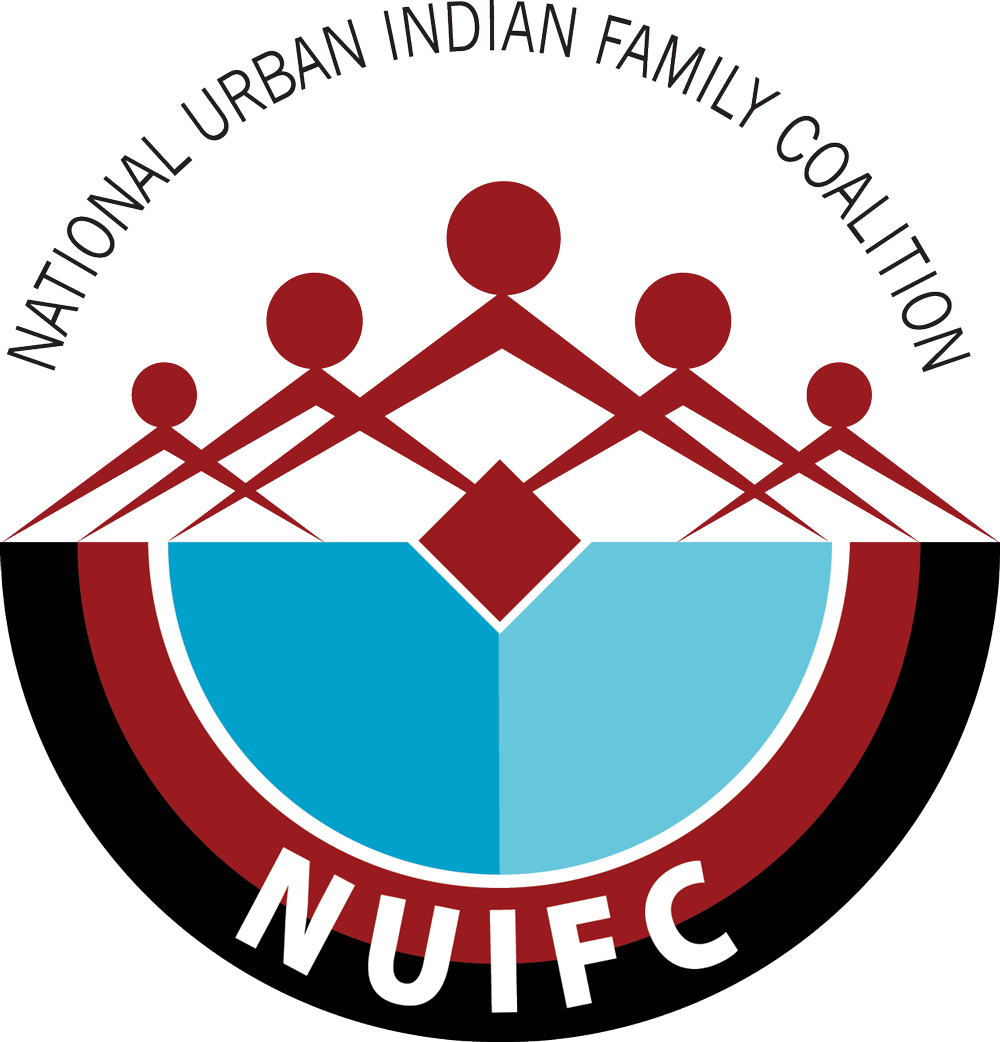NUIFC Newsletter // Fighting For Our Rights
How NICWA Helped Shape the Future of the Indian Child Welfare Act
On June 15th, the Supreme Court released a landmark ruling regarding the Indian Child Welfare Act (ICWA), determining that Native American children will continue to be protected under the historic federal legislation and allowing tribal governments to take legal jurisdiction of Native children. This outcome was up in the air throughout, with many preparing for a catastrophic ruling that would harm Native communities for generations to come. One of the leaders in this fight was the National Indian Child Welfare Association (NICWA), who spoke with the NUIFC about what went into this decision, how NICWA was involved, and where we go from here.
“We got an unexpected 7-2 decision from the court which was a full-throated defense of ICWA,” says Sarah Kastelic, the Executive Director of NICWA and an enrolled citizen of the Native Village of Ouzinkie. “We thought we were going to be back on our heels, trying to claw back what was taken away with an adverse ruling and instead we have this incredible victory and momentum to push forward on offense. The energy is on our side.”
The lawsuit, Haaland v. Brackeen, was brought by the state of Texas (and previously Indiana and Lousiana) in 2018 and alleged that the Indian Child Welfare Act was unconstitutional and discriminated against white people, pointing to non-Native foster parents trying to adopt Native children while claiming ICWA 'commandeered’ state’s ability to administer their foster systems. The case wound its way through different legal systems before ending up in front of the Supreme Court in November 2022.
We saw an outpouring of support from Indian Country for ICWA, with 497 Tribal Nations, 62 Native organizations, 23 states and DC, 87 congresspeople, 27 child welfare and adoption organizations, and many others signed on to 21 briefs submitted to the Court in favor of upholding the law, according to the Native American Rights Fund.
NICWA viewed its work around the legal battle as a three-legged stool, made up of legislative services, policy work, and communications. This strategy was formed after a humbling previous decision, which provided NICWA the chance to reflect and grow to ensure they’d be ready for the next challenge that came their way.
“That case, Adoptive Couple V. Baby Girl, had atrocious media coverage, no Native perspectives, racist tropes, and it led to us being beat in the court of public opinion before we got beat in the courtroom,” says Kastelic. “So from the beginning of this, we thought about how we’d create a strategy that educated key stakeholders about ICWA, bringing them along in their support, and asked people to take meaningful action. While doing this, we were trying to get stories in the media, promote a diverse group of spokespeople, and build a brand around the #ProtectICWA campaign.”
This communications strategy paid dividends, helping keep the spotlight on this critical case while creating a national conversation around ICWA. They also worked in partnership with the Native American Rights Fund, National Congress of American Indians, and Association on American Indian Affairs, who helped them reinforce the stakes of this momentous case.
Despite all the preparations, many knew this would be an uphill fight, which led to worries about how this Supreme Court would view the case and the value of this seminal legislation. Everyone in the NICWA building checked for updates regularly, as the date of the announcement was unknown for Supreme Court rulings, and prepared for all the different scenarios that could unfold.
When the 7-2 decision dropped on the morning of June 15th, the sound of celebration and victory could be heard around Indian Country.
“Here in the office, there was a sense of euphoria,” says Kastelic. “Ten minutes after the decision, we’re all on Zoom together and people are overwhelmed, we’d been so worried and no one thought we could win or by this margin. Our emails and text messages were overwhelmed as our friends and allies were congratulating us and celebrating all of the work we did together.”
As for what comes next, NICWA is still committed to taking their lead from the communities being affected and uplifting the amazing work being done throughout Indian Country. They will also remain laser-focused on policy and robust strategies to improve the child welfare system at the local, state, and federal levels. Over the next six months, NICWA will roll out more information, with an emphasis on supporting organizations that are changing the vision for how these services should be administered by drawing upon their culture and values to create a space for healing.
“How can we be working with organizations to build something that stops the transmission of inter-generational trauma?” says Kastelic. “This is not a time to rest on our laurels, this is the time to be confident in the decision and our solid legal footing and ensure the spirit of the law is felt and the protections reach the families it’s supposed to.”
*Photos courtesy of the National Indian Child Welfare Association



